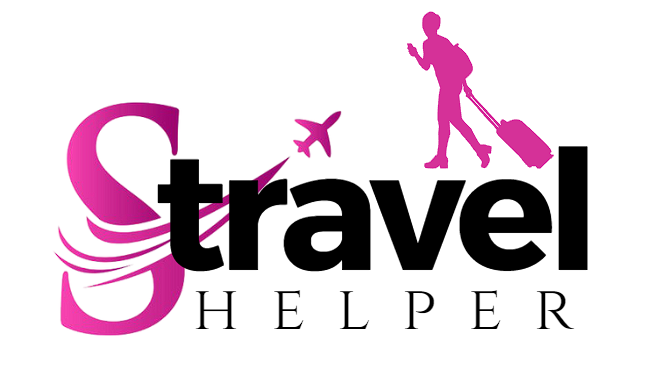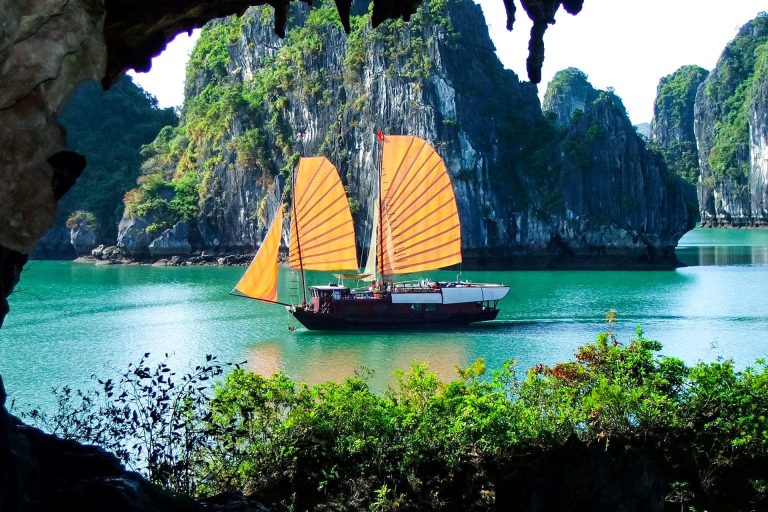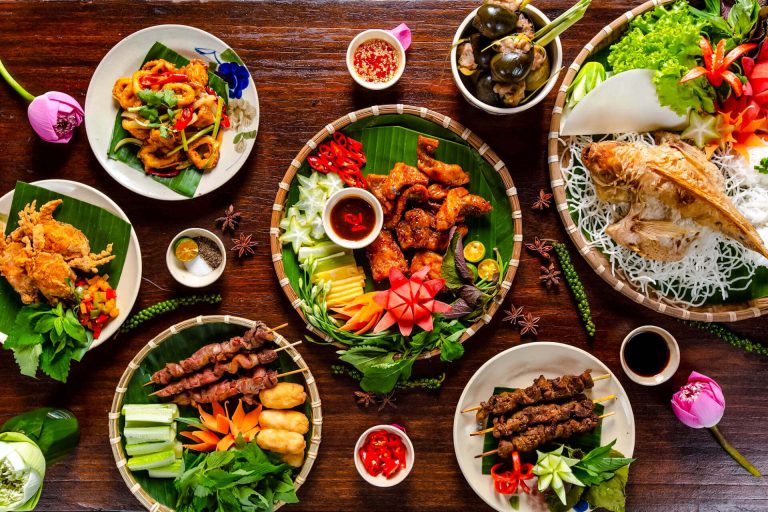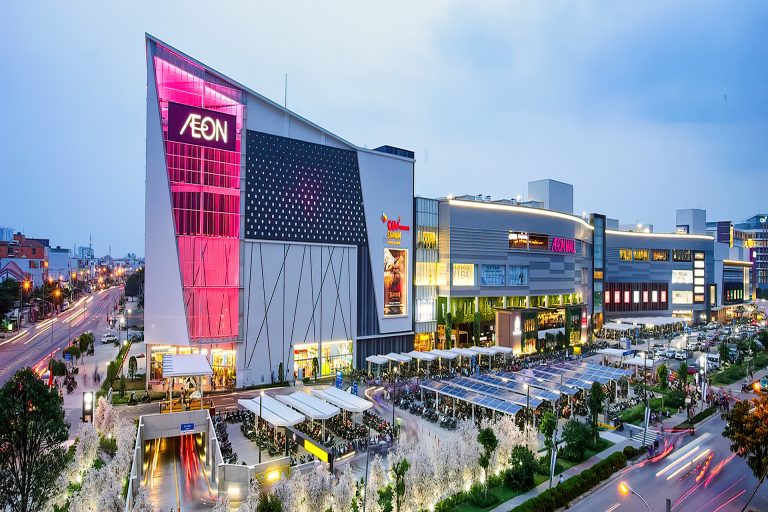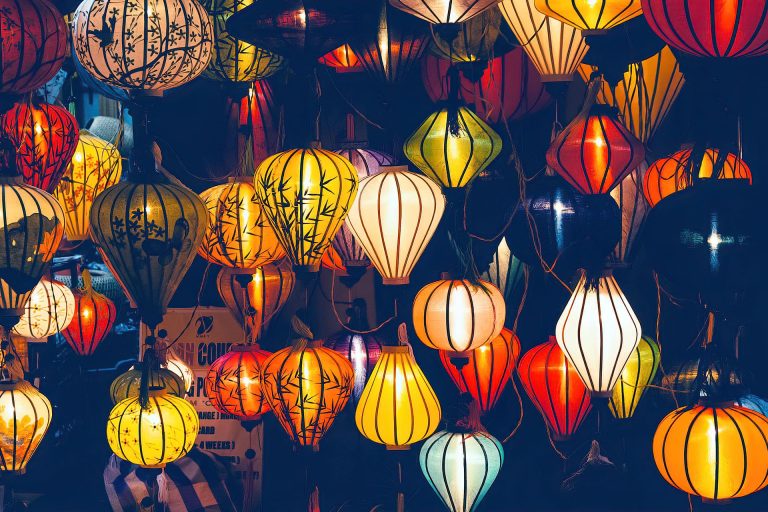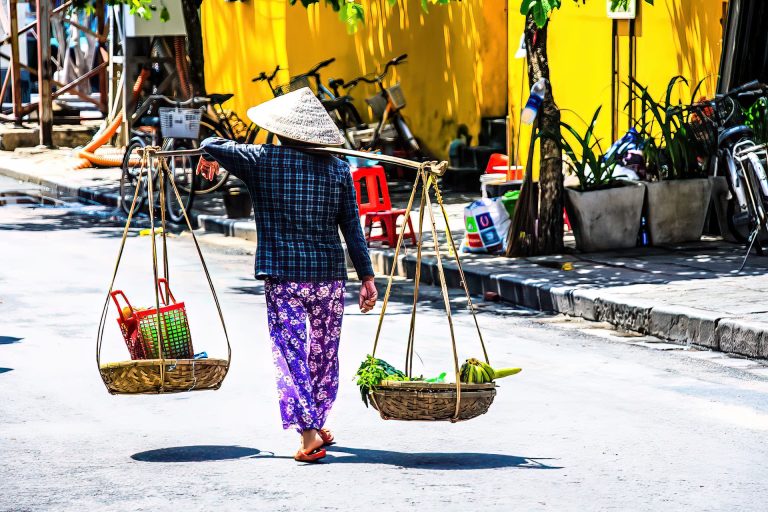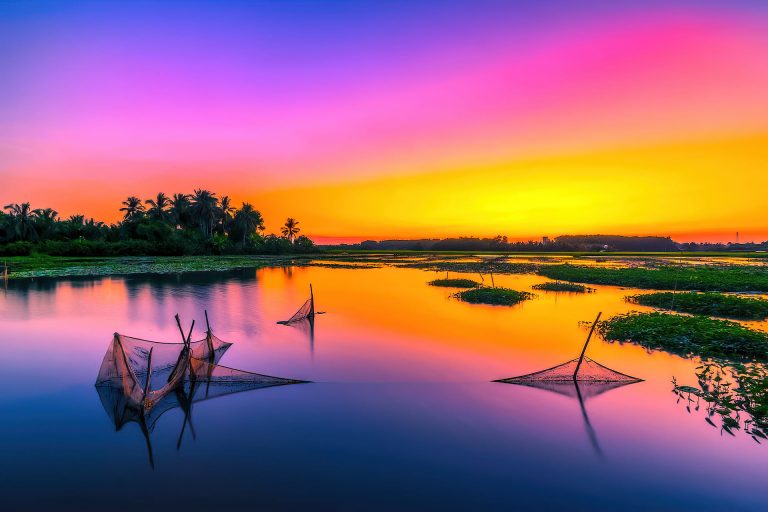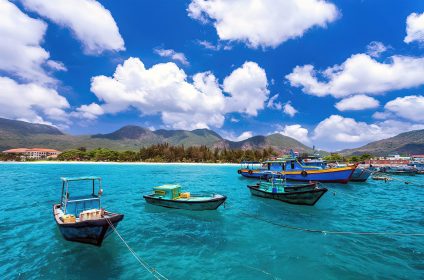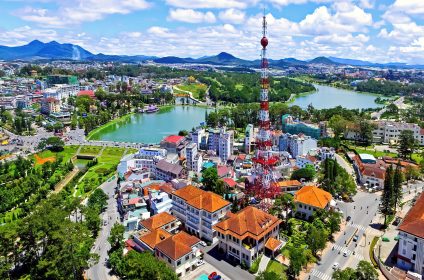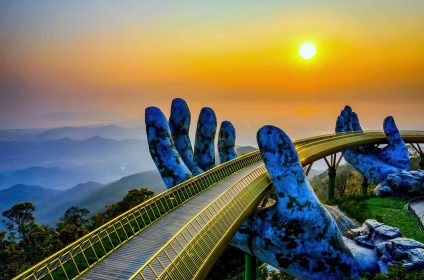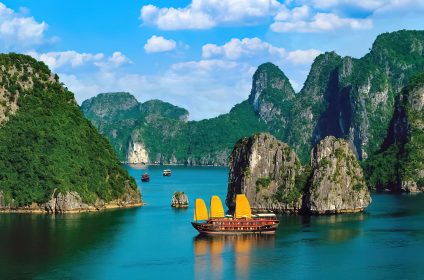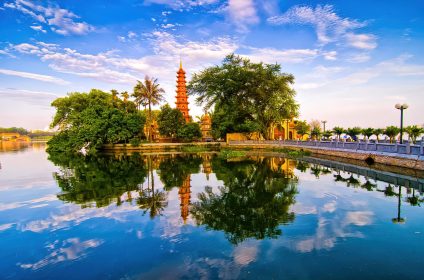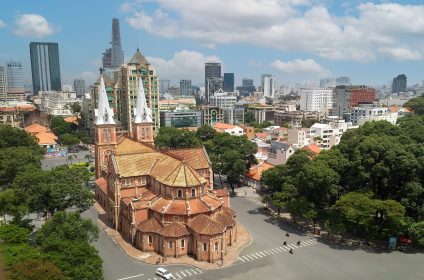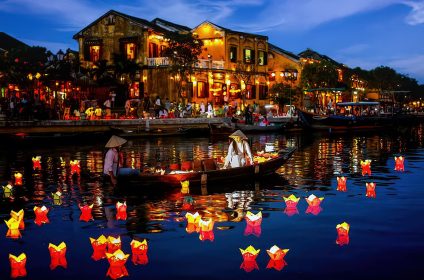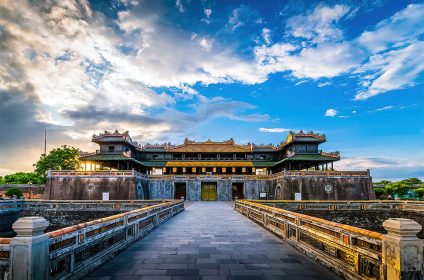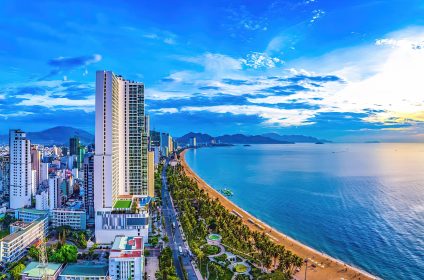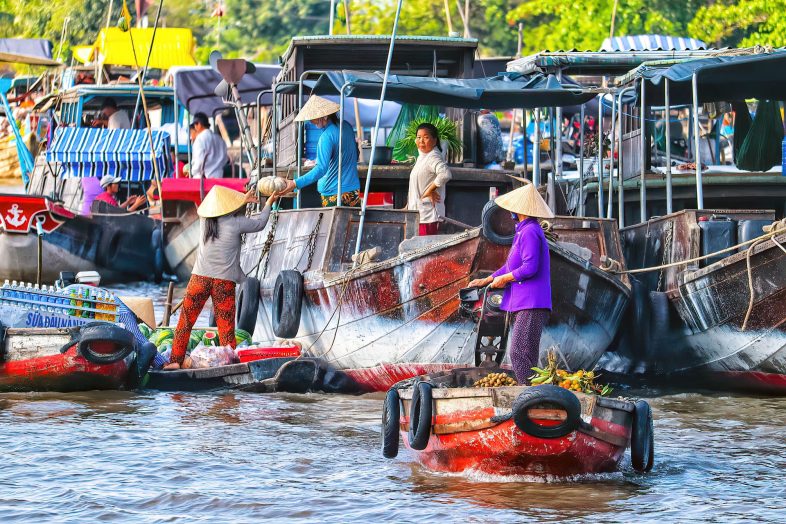
Demographics Of Vietnam
Vietnam has a population of approximately 90.7 million in 2014. The population had greatly increased since the 1979 census, which put the country’s overall population of reunified Vietnam at 52.7 million. The nation’s population was predicted to be around 90,3 million in 2012. Vietnam now has a total fertility rate of 1.8 births per woman, partly as a result of the two-child limit imposed by the government.
In accordance with the 2009 Census, the Viets or Kinh made up around 73.6 million people, or 85.8% of the population. The majority of the Kinh people live in the nation’s coastal plains and alluvial deltas. The Kinh have a significant amount of political and economic influence in the nation due to their relatively homogenous ethnic and socioeconomic group. The Hmong, Dao, Tay, Thai, and Nùng are just a few of the 54 diverse ethnic minorities that call this nation home. Numerous ethnic minorities call the highlands, which make up two-thirds of Vietnamese territory, home, including the Muong, who are linked to the Kinh. The Degar (containing more than 40 tribal groupings) made up practically all of the inhabitants of the central highlands prior to the Vietnam War. However, the South Vietnamese administration of Ngô nh Dim has undertaken a scheme to relocate the Kinh in native territories. Both the Hoa (a Chinese ethnic group) and the Khmer Krom are primarily lowland people. Approximately 450,000 Hoa departed Vietnam between 1978 and 1979 when Chinese-Vietnamese ties deteriorated.
Ethnic groups Of Vietnam
Dao or Dzao
The Yao (sometimes spelled Dao or Dzao) are one of the earliest ethnic groups to settle in the northern mountain provinces of Lao Cai, Yen Bai, and Ha Giang. They have been in Vietnam since the 13th century. Yao medicine strongly incorporates the secrets of the earth into its treatments, and Yao agriculture has evolved over generations. The Yao people grow a variety of medicinal plants that are used to treat diseases and afflictions as well as for calming herbal baths and healing massages.
A special medicinal plant excursion that takes you across the hills with a traditional doctor is available from La Vie Vu Linh in Yen Bai. After a strenuous walk in Sapa or Lao Cai, you must experience Yao herbal baths, which are supposed to purify the body and even promote bone health. Look into the award-winning Dao Lodge in Ha Giang, the opulent spa at Topas Ecolodge, or the social venture Sai Duan for something unique.
Hmong
White Hmong, Blue Hmong, Flowered Hmong, and Black Hmong are the four subgroups of Hmong in Vietnam. In some of Vietnam’s most mountainous areas, where typhoons, freezing weather, and landslides are a continuous worry, Hmong hamlets can be found. In Sapa, Hmong settlements are poised above lush, foggy valleys. In Ha Giang, Hmong corn farms ascend almost vertical mountain slopes. In Mu Cang Chai, the Hmong tend to stunning swirling rice terraces. The Hmong are tough mountaineers and good route guides since they have to live and work in harsh situations.
While taking you around their mountain houses, Hmong guides will be proud to explain the rich Hmong culture to you. Hikers who love to explore new paths should head to Mu Cang Chai and Ha Giang, or plan aside time for a multi-day walk through Sapa’s valleys and villages.
Tay
The second-largest ethnic group in Vietnam is the Tay, and the northern areas of that country are home to some of the most picturesque Tay homes. Contrary to the Hmong, the majority of Tay migrated to lush valleys with flat ground. Tay homes are elevated, primarily made of wood, and constructed adjacent to lakes, rivers, and streams. Because of their close proximity to water, the Tay practice wet farming, which is a significant part of their crop output. They are also skilled at wild fishing.
Ba Be Lake, six hours from Hanoi, is a good place to come to learn more about Tay customs. Spend a few days in a Tay village where your host family will teach you how to fish and navigate a boat.
Bahnar
The Central Highlands of Vietnam are dotted with charming Bahnar settlements, each with a big common house that rises above the foliage. The communal dwellings of the Bahnar serve as venues for rituals, festivities, and social events. They are hospitable people who are extremely proud of their homes. These homes are typically 12 meters high, 12 meters long, and 8 meters broad. Some rival villages will construct higher buildings as a sign of strength and wealth.
Communities in Bahnar are frequently grouped together, making village-hopping viable. Although there are Bahnar settlements outside of Pleiku and Buon Ma Thuot, Kon Tum has the most accessible Bahnar communities. In the settlements of Kon Kotu, Kon Harachot, and Kon Tum Kapong, communal dwellings are a must-see attraction.
Khmer
The 1.3 million members of the ethnic Khmer group who reside around the Mekong River in southern Vietnam place a high value on Buddhism. Before becoming adults, many boys spend several years at the pagoda learning about Buddhism and Khmer traditions. The most stunning Khmer pagodas may be seen in Soc Trang and Tra Vinh, though you can find them all across the Delta. Visit Hang Pagoda or Ang Pagoda and talk to the resident monks there to learn more about their beliefs. You may also observe the monks from Xon La Pagoda collecting alms in the early mornings.
The middle of April is a great time to travel to the Mekong Delta because this is when Buddhists celebrate Chol Chnam Tmay, the Khmer new year, by decorating pagodas and participating in street activities.

